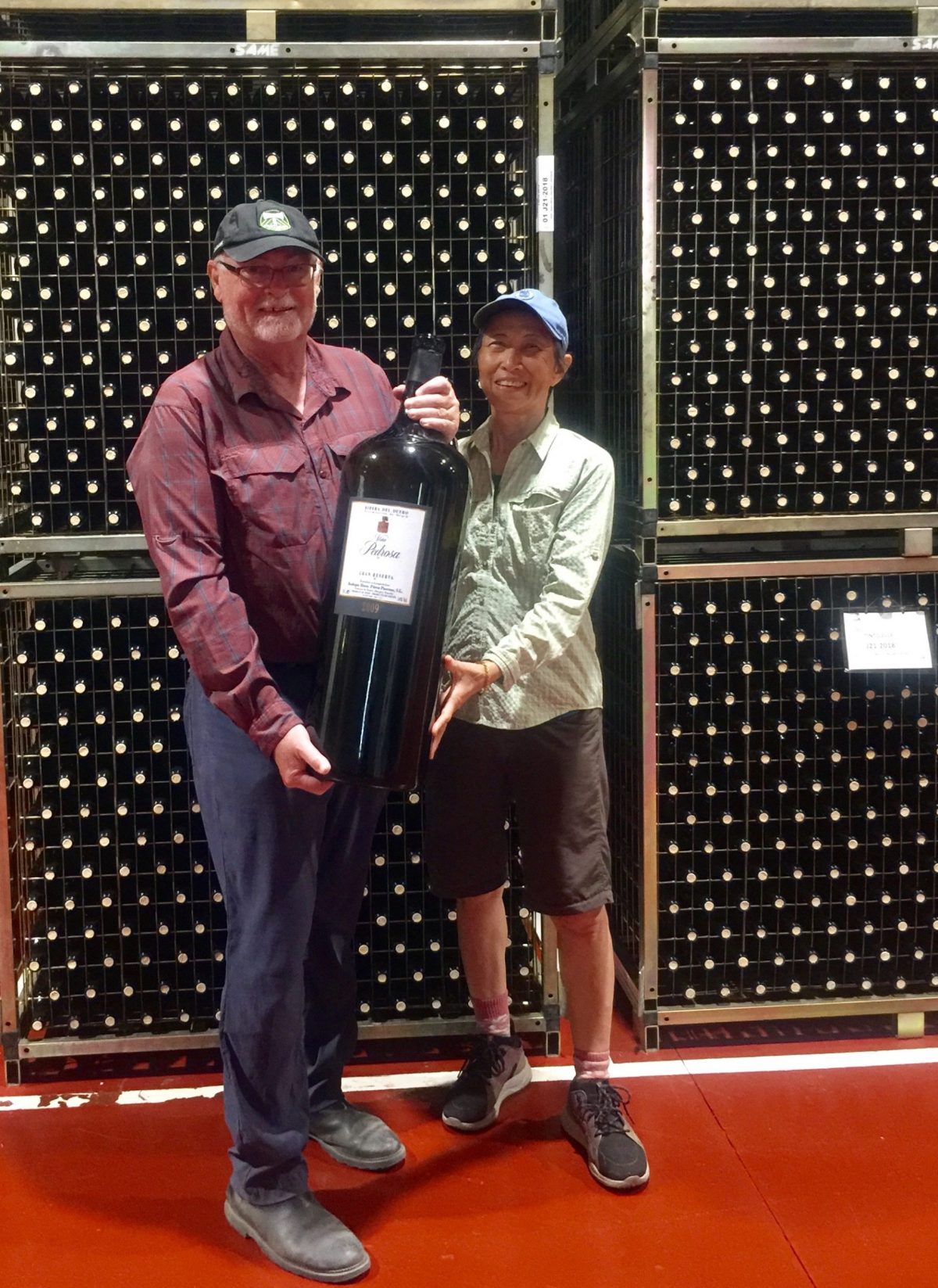Lubeck had let us down the day before. On our last visit we left loving this city. But our experience the day before made us wonder if this was a case where you should not go back to a place because it will not live up to your memories. After an easy morning where we washed the linen of the bed, (another sign that the trip is coming to an end), Denise and Fred wanted to go back into town to check a couple of sights.

Denise really wanted to check out St. Marys church because of the astronomical clock. We covered a lot of the same ground to get to the church. The interior of the church was very interesting though. Like many of the large churches in Germany it was originally built as a Catholic church, and then converted to Lutheran after the reformation. But the interior of St. Marys was interesting because the Catholic influence was more pronounced than in other churches that I remember visiting. It took me a few minutes to confirm that it had indeed been converted to a Lutheran church.

The church was largely destroyed on good Friday in 1942 when the British fire bombed the city. This was the first instance where the British planned a bombing to try to cause a mass fire and they succeeded.

The other interesting thing was a large mural that alternated figures from the middle ages, with skeletons representing death. Death was a very big theme in this church, including skeletons in the stain glass which is another image we have never seen anywhere but here.


We really enjoyed the church and were glad that Denise convinced us to go in as we had not visited it before. Fred wanted to try lunch at a very nice restaurant that we had visited on our previous trip. So after leaving the church we headed that way.

The restaurant has the great German name of Schiffergesellschaft and is located in the old Sailors Guild Hall which was built in the 1500’s. The interior is really impressive full of dark wood, interesting paintings on the wall, and models of different ships hanging from the ceiling. We had a charming waiter who had us smiling throughout the meal, and the food was elegantly served and delicious. When you throw in good company we had a wonderful time.

After a disappointing day yesterday, Lubeck redeemed itself today by giving us interesting places to see, excellent food, and friendly and funny people. I was personally glad to have my positive view of the city restored.

We ended the day by sitting outside our motorhomes for happy hour and sharing stories from our travels for a couple of hours. To complete our very good day, we learned that our appeal of the fine we had received in France that we had spent 2 days preparing and 2 days driving to submit was successful.


































































































































